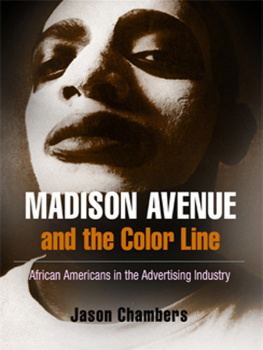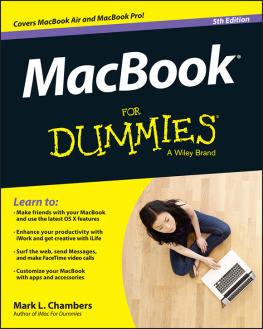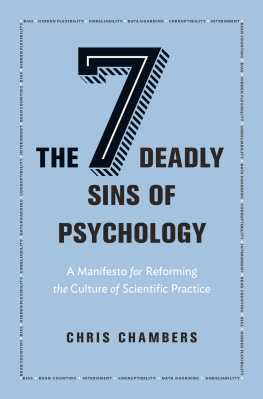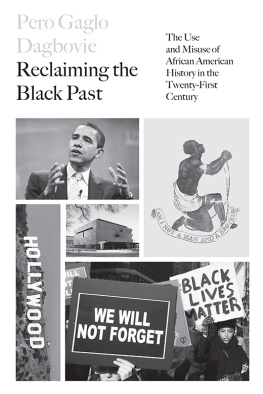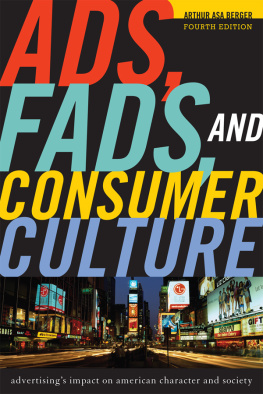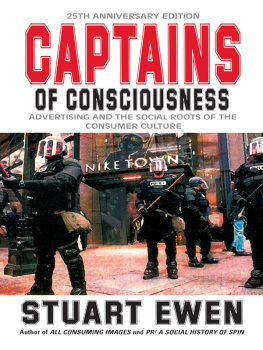Acknowledgments
Although only a single name appears on the cover of this book, it would not have been possible without the support of a number of people and organizations.
First, my thanks to Robert Lockhart at the University of Pennsylvania Press for his support and guidance of this project over the years that it has taken to complete. Thanks also to my editor, Laura Helper-Ferris, whose skill, insight, and dedication were exemplary and of great help. I would also like to thank The Ohio State University and University of Illinois at Urbana-Champaign for financial support at various stages of this work's development. Special thanks here to Bill Berry, who located additional research support for me at a crucial stage. Also many thanks to the Advertising Educational Foundation's Visiting Professor Program for enabling me to spend two weeks at the Burrell Communications Group. Many thanks go out to the leaders and staff at Burrell for their insights into both current and historical issues facing the black consumer market and blacks in the advertising industry.
No historical project could ever be completed without the support of outstanding librarians and archivists, and it has been my pleasure to have encountered several such people: Audrey Davis, at the Alexandria Black History Resource Center, home of the Moss Kendrix papers; Ellen Gartrell and Jacqueline Reid at the John W. Hartman Center at Duke University; Fath Davis Ruffins and the staff at the National Museum of American History; the staff at the Chicago Historical Society, and Lisa Romero and the staff at the Communications Library at the University of Illinois. I would also like to thank the staff in the Department of Advertising office at the University of Illinois: Janette Bradley, Cinda Robbins-Cornstubble, and Robin Price, whose skill and dedication made the completion of this project easier.
I am grateful to several friends who have supported me with words of encouragement, advice, or simply offering me a place to stay. Special thanks to Carolyn Walker-Valentine and Gary Bess for allowing me to stay at their homes during research trips to Chicago and Washington, D.C., respectively, and to Leonard Moore, Sherwin Bryant, and Osei Appiah for their encouragement, advice, and wonderful examples of scholarship on history and communications. I am also thankful to George Dillard and Tyrone Lyons for helping me to take a break from this book by joining me on many trips to chase a little white ball around a golf course (at least we had a nice walk).
Several people helped me by facilitating my research among current and former black advertising professionals and special-markets representatives. I am indebted to Tammy Smalls, whose contacts in the advertising industry led me to my interview with Tom Burrell and to Bruce Bendinger for introducing me to several members of Chicago's black advertising community. I am also grateful to Robert E. Weems, Jr., for introducing me to some of the original Brown Hucksters still active in the NAMD.
I am also indebted to several of my collgues in the academy including Tom O'Guinn and Linda Scott for taking on extra teaching responsibilities in the fall of 2004 so that I might have time off to focus on this project; Judy Foster Davis for sharing some of her research on Ebony magazine; John Burnham and Warren Van Tine for their advice; and Linda Scott and Lizabeth Cohen for reading unpublished portions of this manuscript and offering valuable criticism, advice, and insight.
I also could not have completed this book without the assistance of several outstanding research assistants including (in alphabetical order) Eric Lugo, Linda Manning, Marissa Randle, and Erica Smith. Additional thanks go to Sean Brewster and Nicole Seals for sharing their interview of Ron Sampson with me.
A number of people in the advertising industry took the time to relate their experiences to me, and those conversations strengthened my understanding of blacks' history in the industry tremendously. Many thanks to (in alphabetical order) Bruce Bendinger, Ella Britton, Tom Burrell, Roy Eaton, Fay Ferguson, Alma Hopkins, Linda Jefferson, Don Richards, Ron Sampson, Bill Sharp, Lowell Thompson, and Bernie Washington. I am also grateful to Chuck Smith for sharing some of his experiences as a special-markets representative, as well as Moss Kendrix, Jr., for relating some of the history of his father.
Finally, to my family I say thanks. Mom and Dad, I could not have done this without you, and it looks like all those trips to the library when I was a kid finally paid off. To my sister, Annette Chambers, you have always been there for me, and I love you for it. I am also thankful for the support and love of the rest of my family and my in-laws. Last, and definitely not least, to Sonya Chambers, my beautiful wife, who endured long research and conference trips and did so with more grace and love than I could possibly repay.
To anyone I may have left out, I apologize. Although there are many individuals and institutions listed here, any errors in this work rest solely with me.
Chapter 1
The Rise of Black Consumer Marketing
I am an invisible man. I am invisible, understand, simply because people refuse to see me.
Ralph Ellison, The Invisible Man
In the first decades of the twentieth century African Americans were emerging from what one historian described as their nadir: the period following Reconstruction in which blacks were betrayed by the promises of the government and left to defend themselves against the violence and depredations waged against them. It was in these first years that blacks, especially in the urban North, began organizing themselves to wage what would be a century-long fight for equality. Blacks and liberal whites formed key organizations such as the National Association for the Advancement of Colored People (NAACP) in 1909 and the Urban League in 1911. And, while these two were among the largest and most easily recognized organizations, a host of smaller, but no less important ones, formed as well. A variety of business, fraternal, and religious organizations, with a multitude of purposes ranging from developing black business enterprises to organizing for local community development to providing information and news, were the backbone of more widely recognized groups like the NAACP.
By the second decade of the century blacks also experienced growing opportunities for advancement through their racially segregated institutions. While some of these separate entities appeared before the turn of the century many found their fullest development during the First World War as millions of African Americans moved from the countryside to the cities in search of work and opportunity. Regionally, they migrated from the South to the North to take up residence in many of the nation's great urban centers and cities like Chicago, Detroit, New York, and Cleveland saw their black populations skyrocket. Once there, racial segregation combined with group affinity; many migrants sought
One key African American institution was comprised of the hundreds of independent newspapers that made up the black press. In the field of journalism, blacks had a history of operating their own periodicals. Long accustomed to having the events in the darker nation overlooked by the mainstream press, African Americans began operating their first newspaper in 1827 with Freedom's Journal. Alongside newspapers, blacks eventually founded and maintained successful magazines as well. While many of these organs remained small or local in terms of circulation, they nonetheless provided an important outlet for black writers and journalists, and they served as a source of pride and information for their readers.
However, unlike other separate businesses operated by blacks, newspapers were unique in that, while they needed readers, the bulk of their possible revenue came from advertisers. Consequently, it is here that our story begins. The entry of African Americans into the advertising industry business has its beginnings in the related field of journalism. It was black publishers who, beginning in the second decade of the century, were the first to vocally and publicly press American corporations to recognize and patronize the black consumer market. Black publishers were key figures in the chain of events leading to an African American presence in the advertising industry. Some pressed for corporate recognition of black consumers in the interests of increasing revenue to their own newspapers. Others did so, though, while still recognizing the need for revenue, out of a belief that consumer goods were one additional aspect of full equality for African Americans. In other words, having blacks recognized as valuable consumers meant something more than just a capacity to buy. It meant that blacks were a valuable and recognized part of the consumer democracy in which everyone's dollar/vote was equal. Additionally, many publishers believed that if blacks were recognized as a viable consumer population, their papers would receive the revenue that came from companies eager to reach their readers with sales messages.

